Description
The *Handbook of Substance Misuse and Addictions: From Biology to Public Health* is a comprehensive reference work that covers a broad range of topics related to substance misuse and addiction, offering insights from various disciplines including biology, psychology, medicine, public health, and policy. The handbook is designed to provide both researchers and practitioners with a thorough understanding of the complexities of addiction, from the biological mechanisms that underpin substance dependence to the social and public health implications.
While I don’t have access to specific excerpts from the book, here’s an overview of the key areas typically covered in a resource of this nature:
### 1. **Biological Foundations of Addiction**
– **Neurobiology of addiction**: This includes discussions on how substances affect the brain, the role of neurotransmitters (such as dopamine), and the neuroadaptive processes involved in addiction.
– **Genetic factors**: Exploration of how genetics may predispose individuals to substance use disorders, including genetic variations that influence drug metabolism and the development of dependence.
– **Pharmacology of substances**: Details on how various substances, including alcohol, opioids, stimulants, and tobacco, interact with the brain and body.
### 2. **Psychological and Behavioral Aspects**
– **Psychological theories of addiction**: Models such as the cognitive-behavioral approach, the disease model, and the self-medication hypothesis.
– **Behavioral reinforcement and addiction**: How repeated use of a substance can lead to habits, compulsions, and long-term addiction.
– **Mental health comorbidities**: Discussion of the intersection between addiction and mental health disorders such as anxiety, depression, and PTSD.
### 3. **Epidemiology and Public Health**
– **Prevalence and trends**: An examination of the scope and distribution of substance misuse across populations, including demographics and geographical differences.
– **Risk factors and protective factors**: How environmental, social, and economic factors contribute to the likelihood of substance misuse or dependence.
– **Public health strategies**: Prevention programs, harm reduction policies, and treatment options for individuals suffering from addiction.
– **Health systems and addiction care**: Models of care delivery and challenges in providing effective treatment and support for individuals with substance use disorders.
### 4. **Social and Cultural Perspectives**
– **Social determinants of addiction**: The role of socioeconomic status, education, family dynamics, and social networks in the development and persistence of substance use disorders.
– **Cultural and societal influences**: How different cultures and societies perceive substance use and addiction, and how these perceptions shape responses to addiction.
– **Stigma and addiction**: The role of stigma in both the experience of addiction and in seeking treatment, and strategies for reducing stigma.
### 5. **Treatment and Recovery**
– **Pharmacological treatments**: Medications used in addiction treatment, including methadone, buprenorphine, and naltrexone, as well as emerging treatments.
– **Psychosocial interventions**: Behavioral therapies such as cognitive-behavioral therapy (CBT), contingency management, and motivational interviewing.
– **Integrated care**: The importance of addressing both the physical and psychological aspects of addiction in treatment, often in the context of co-occurring disorders.
– **Recovery and rehabilitation**: Long-term recovery strategies, the role of social support, and community-based programs.
### 6. **Policy and Legal Aspects**
– **Drug policy**: International and national approaches to regulating and controlling substances, including decriminalization, legalization, and harm reduction policies.
– **Criminal justice system**: The relationship between addiction and incarceration, as well as initiatives to reform the criminal justice system’s approach to substance abuse.
### 7. **Emerging Issues and Future Directions**
– **Novel psychoactive substances (NPS)**: Discussion of new drugs and their effects, challenges in regulation, and treatment approaches.
– **Technological advances**: The role of technology in both addiction (e.g., video game addiction, internet-based interventions) and in improving treatment options (e.g., telemedicine).
– **Global trends**: The international response to substance misuse and addiction, including comparative perspectives on treatment and policy.
### Usefulness of the Handbook
This handbook is a valuable resource for:
– **Academics and Researchers**: Providing a comprehensive, multidisciplinary overview of addiction and substance misuse.
– **Healthcare Providers**: Offering evidence-based information on the biological, psychological, and social aspects of addiction, which is important for clinicians and treatment providers.
– **Policy Makers and Public Health Officials**: Supporting evidence-based decision-making in the development of public health interventions and drug policies.
– **Students**: Serving as a foundational text for those studying addiction, psychology, public health, or medicine.

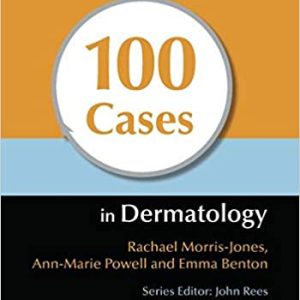
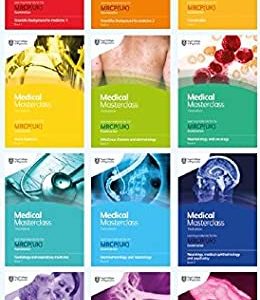
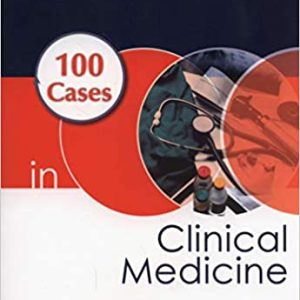
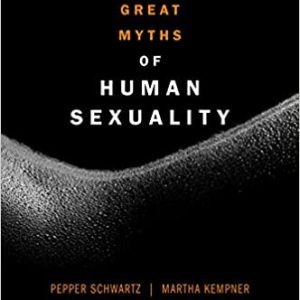
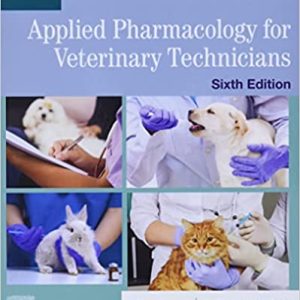
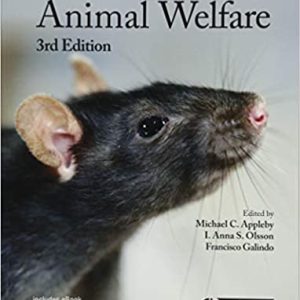
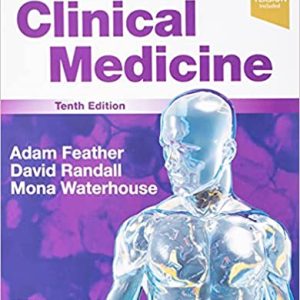

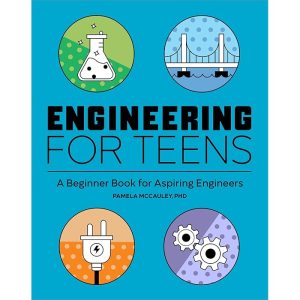
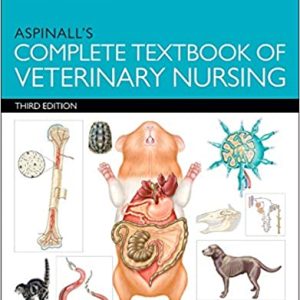
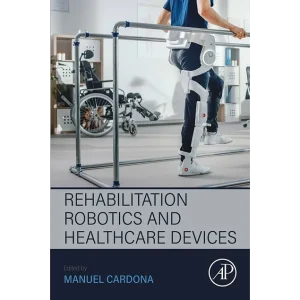
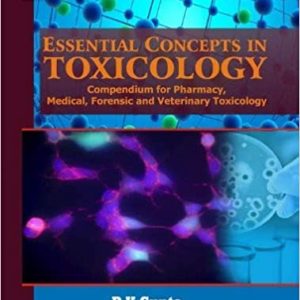

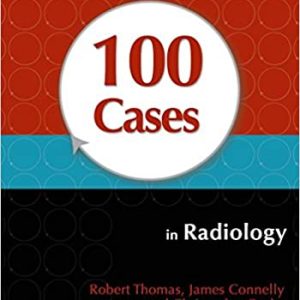
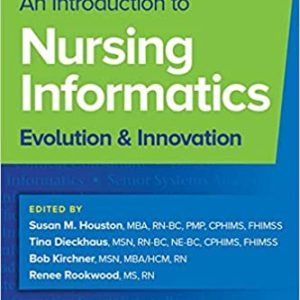
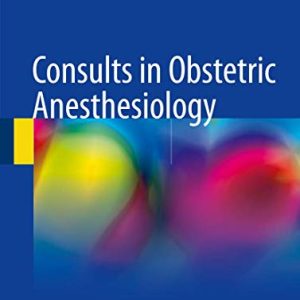
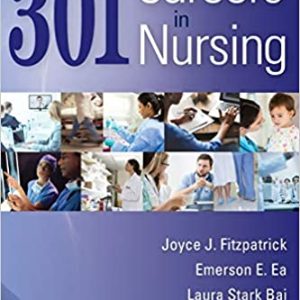

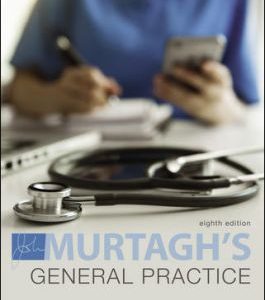

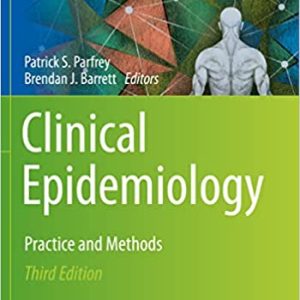
Reviews
There are no reviews yet.